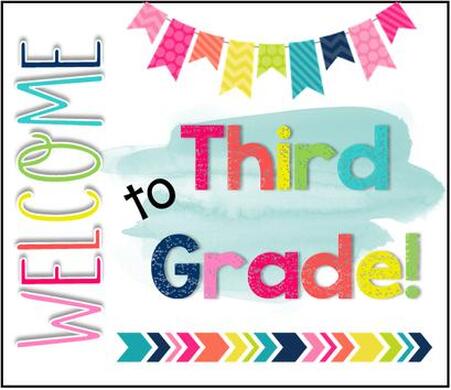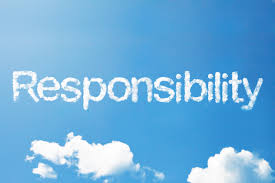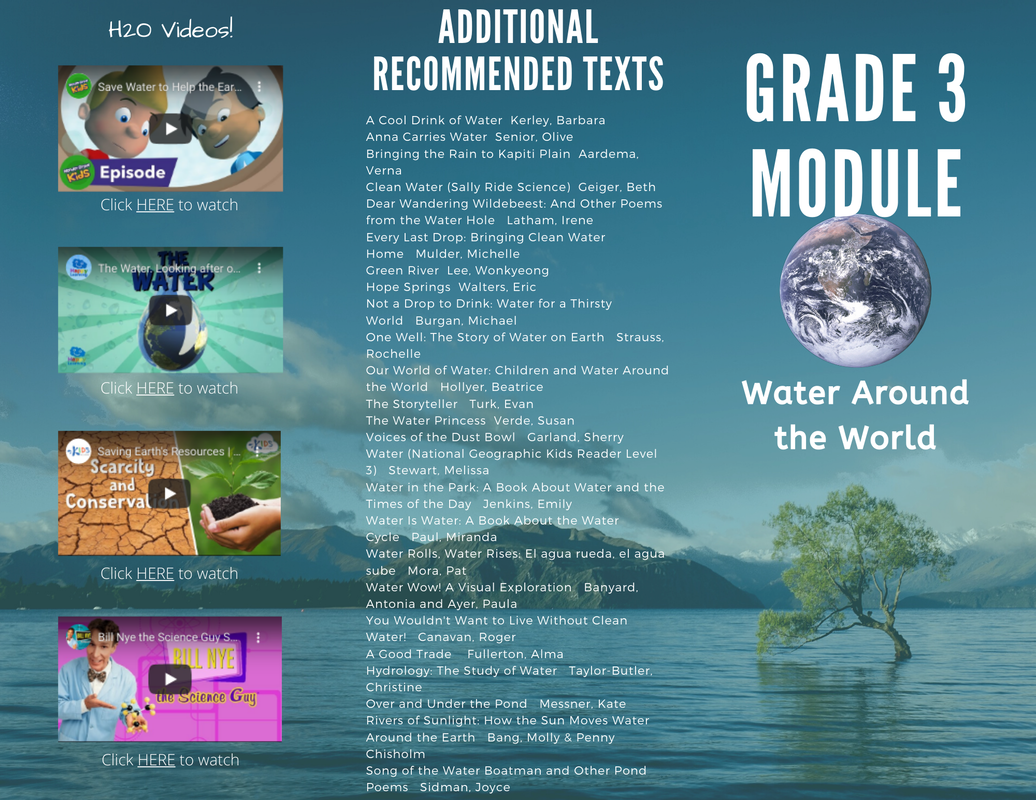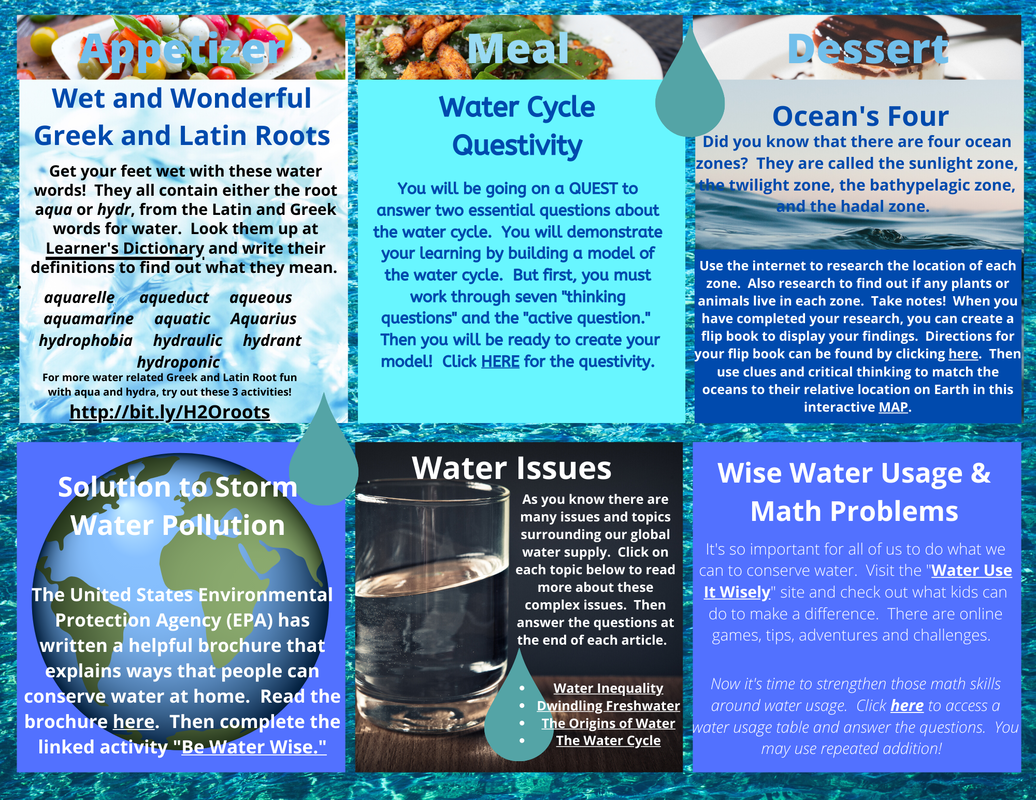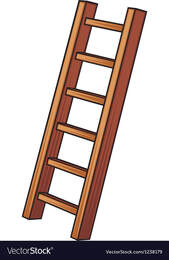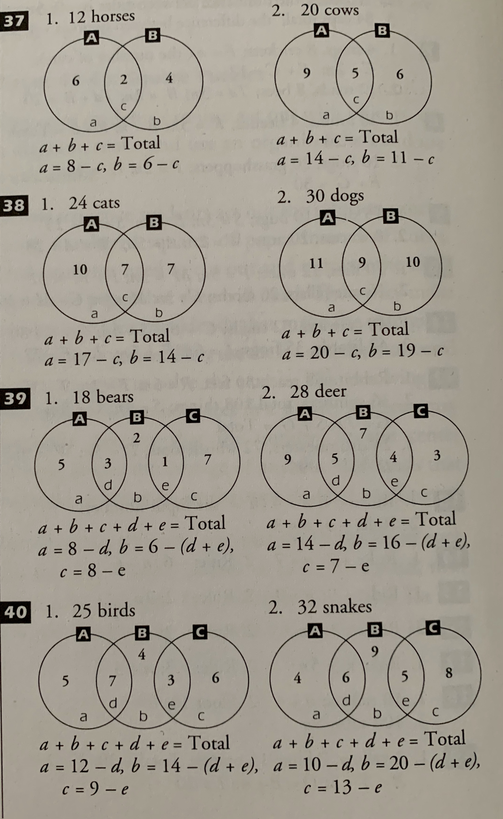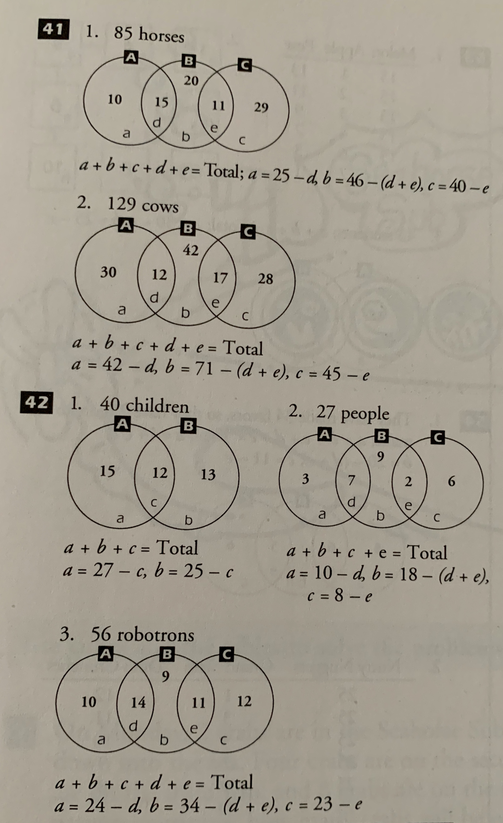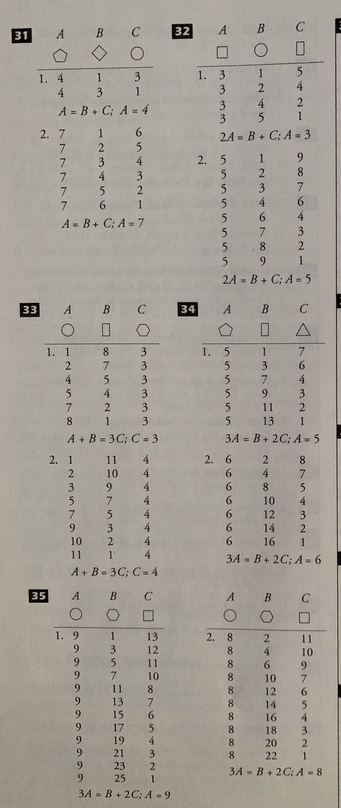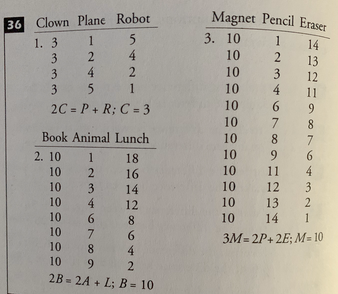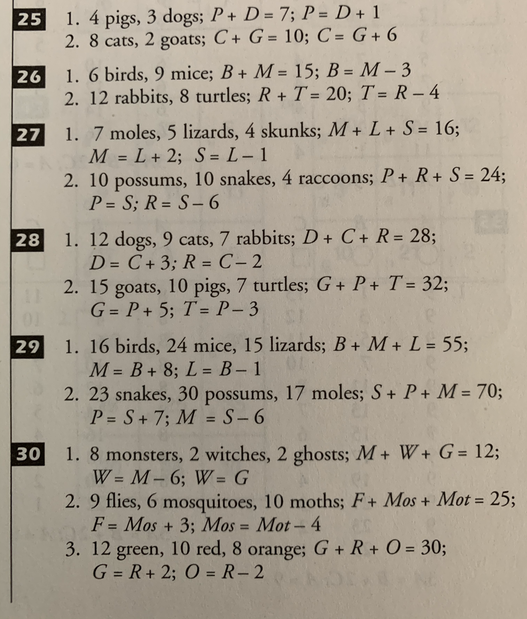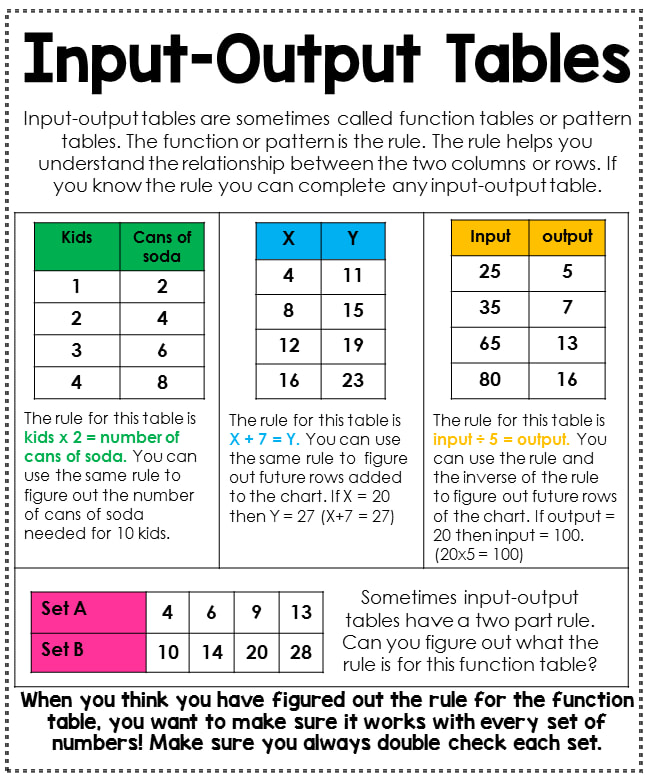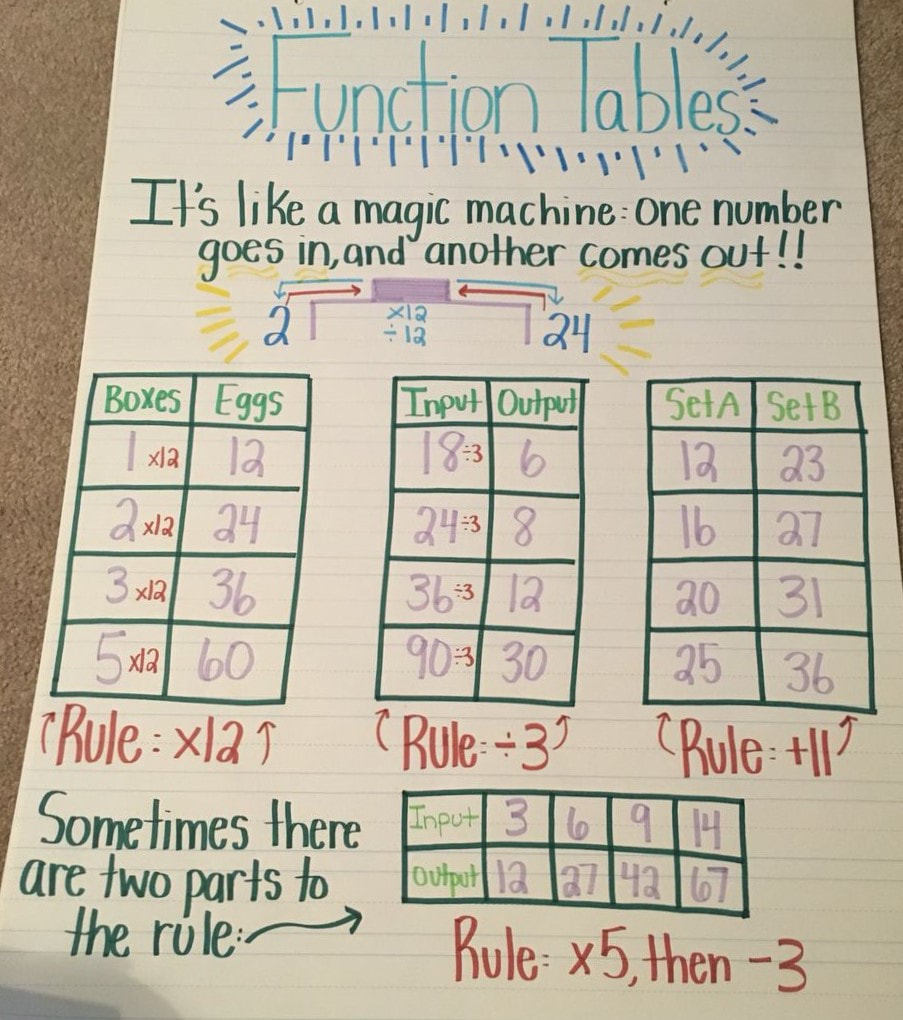A message from Mrs. Blackmon about communication...
Remind app join code for the class of 2029: d2a37eh
Hello 3rd graders! I will be posting a variety of reading and math enrichment activities EVERY MONDAY for you to check out and try. If you're looking for a fun challenge, you have come to the right place! I will also be hosting a third grade TD video conference every Monday at 10:30 am. See below under TD MEET for more directions on how to join me in Cyberspace by using Zoom!
TD MEET on ZOOM!
Join Zoom Meeting
|
To join the regular Monday TD 3rd grade video meeting,
Topic: TD Meet 3rd Grade Day & Time: Mondays at 10:30 am |
Enrichment Choice Boards
May 25th-June 9th
May 25th-June 9th
For the remainder of the school year (the next two weeks), you are encouraged to choose activities from the TD choice boards below. Each board is themed and offers up to 8 activities. Please select 2 to 3 activities per week to complete from ANY combination of the boards below. For example, you can choose 3 activities from a single board OR you can choose 1 activity from one board and 2 from another OR 1 activity from 3 different boards. Have a great time!!
Literacy Enrichment
May 18th-25th: Click HERE to access the brochure pictured below. Then select ONE activity to do related to water.
May 11th-May 18th: Read Summary of the Clean Air Act and answer Ladder D questions. |
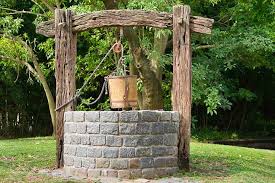
May 4th-11th: Read The King and the Poisoned Well and answer Ladder F Questions on your own paper. We will discuss them today beforehand so that you'll know what a quality answer should include!
April 27-May 4th: This week you will look at the water RAFT activity below. A RAFT activity is a creative writing exercise! There are 5 fabulously FUN options for writing this week. Choose which role you will play, who your audience will be, the format of your writing piece, and your topic. Click below for more information!

April 20th-April 27th: Please work on the Water PBL (problem-based learning project) for this week. It presents a water safety problem and asks that read and learn more about it by using the attached "stimuli" (i.e. articles, infographic, etc) to become more knowledgeable about the topic. Then you will answer a few extended response questions in paragraph form. Finally, you will create a pamphlet or slideshow as a final product to show your learning!
The Problem Scenario: There is a rising concern about the safety and supply of drinking water in certain areas. How can you find out if the water in your community is safe and plentiful? What are steps that you can take (and would encourage others to take) if there is reason for concern?
Step 1: Students Review Stimulus Items (articles, infographics, statistics, videos, etc.)
Read through and examine the following:
Stimulus 1- Water In America IS it Safe? (Click HERE for article)
Stimulus 2- Water Toxins (Click HERE for article and graphics)
Stimulus 3- Potential Sources of Contamination (Click HERE for infographic)
Read through and examine the following:
Stimulus 1- Water In America IS it Safe? (Click HERE for article)
Stimulus 2- Water Toxins (Click HERE for article and graphics)
Stimulus 3- Potential Sources of Contamination (Click HERE for infographic)
Step 2: Extended Response Questions- Write or type your answers and we will discuss at our ZOOM on April 27th at 10:30 am.
How can it be determined if drinking water is safe?
What steps can be taken to make sure water is safe and plentiful?
How can it be determined if drinking water is safe?
What steps can be taken to make sure water is safe and plentiful?
Step 3: Student Product
Create a pamplet or slide show explaining how to determine if water is safe and what steps should be taken to make sure water is safe and plentiful.
Create a pamplet or slide show explaining how to determine if water is safe and what steps should be taken to make sure water is safe and plentiful.
April 6-20th: Please take a few moments to watch this video of Patricia Polacco's "Rechenka's Eggs."
|
|
| ||
March 30th-April 6th: Watch the video below for a read aloud about an AMAZING woman that made the world a better place. Then click on and complete the Jacob's Ladders next to the video. Remember that when completing Jacob's Ladder activities you always begin at the bottom and work your way up! We will discuss this story and your answers at our next ZOOM meet on April 6th!
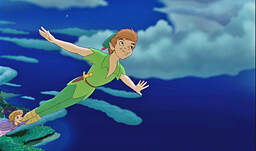
March 23rd-March 30th: Peter Pan at-home STEM CHALLENGE using Flipgrid Click below to see more about about Peter Pan's flying problem! Then use the directions within to create your zipline and record for Flipgrid!
| peter_pan_stem_challenge_from_home.pptx |
Math Enrichment
May 18th-25th: The Frame Shop click HERE
|
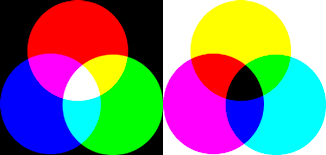
May 11th-May 18th:
You can use logical reasoning skills as you sort out the different sections and intersections of the linking circles, which are Venn Diagrams. For example, in the first problem on page 37, you will find out that circle A has two sections-one not shared and one shared with circle B; circle B has two sections-one not shared and one shared with circle A. Total values are given for a circle, which includes the intersection. Later problems include three interlocking circles, with circle B having two intersections. You will need to think about these problems to understand how the intersections are subtracted from the totals to find values for a, b, and c. Equations help to show how these problems are solved. To find the total, the equations for the first problem on page 37 is: a+b+c=total. Information is given in this problem for sections c, so the variables are sections a and b. Equations for the variables are: a=8-c, and b=6-c.
You can use logical reasoning skills as you sort out the different sections and intersections of the linking circles, which are Venn Diagrams. For example, in the first problem on page 37, you will find out that circle A has two sections-one not shared and one shared with circle B; circle B has two sections-one not shared and one shared with circle A. Total values are given for a circle, which includes the intersection. Later problems include three interlocking circles, with circle B having two intersections. You will need to think about these problems to understand how the intersections are subtracted from the totals to find values for a, b, and c. Equations help to show how these problems are solved. To find the total, the equations for the first problem on page 37 is: a+b+c=total. Information is given in this problem for sections c, so the variables are sections a and b. Equations for the variables are: a=8-c, and b=6-c.
| linkingcircles.pdf |
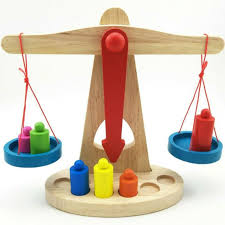
May 4th-May 11th: For this week's SeeSaw Balances assignment you will continue our work of Hands-on Fractions/Equations. As you know just like a balance scale, the sides of an equation should BALANCE with equal values on each side. In they problems, each robot on the seesaw has a weight. Robots that are the same have the same weight. Robots that are different have different weights. Recording your ideas in the list will help you to whether all possible solutions have been found. You can also look for patterns in the relationships between the numbers on the list.
| seesaw_balances.pdf |
April 27-May 4th: For this week's Mystery Numbers assignment you can act out with objects, use a diagram, guess and check and use a calculator. For each problem you are given the total number of objects, the number of different colors, and clues about the number relationships between the colors. The variables are the unknown number of each color. You will begin by guessing and checking. Then take your cubes (you can also use whatever you have at home like blocks, lego, paper clips, beads, etc) and explore representing a color with the different numbers of cubes. Then look for all the ways you can solve the problem. As you make a list of your answers, you will begin to see relationships between the numbers. Then you can try writing the clues as algebraic expressions. For example, for the first problem on page 25, you can write: P+D=7, P=D+1.
| mystery_numbers.pdf |
April 20th-27th: This assignment week is all about working backwards from the known quantity (given at the end of the problem), finding clues along the way, to find the value of the unknown quantity. You can try writing equations for each clue. For example, equations for the first problem on page 19 could be: Y=2, B=Y+5, O=B=4. An equation for the total could be Y+B+O=T. Feel free to use objects to help you, make diagrams or use a calculator. However, the most important strategy is working backwards! Best of luck!
|
| ||||
April-6th- 20th: Hello everyone! I am giving you two weeks for this one since we have SPRING BREAK right in the middle! Hopefully you will take that time to rest, relax, enjoy your family and recharge for the following weeks virtual learning. Remember that our next ZOOM meeting will be in TWO weeks on April 20th.
This assignment is all about finding the rule! You can act out with objects, use a diagram, make and use a table, guess and check, look for patterns and use a calculator. Think of the numbers in each problem as "input" and "output" numbers. Each number on the goes into the machine, the machine alters/changes that number by performing a mathematical process and then a new number comes out. Can you figure out the mathematical operation(s) that each machine is doing? Is it adding 5? Is it multiplying by 2? Perhaps it's doing several things in a row, like adding 5 AND multiplying by 2?
This assignment is all about finding the rule! You can act out with objects, use a diagram, make and use a table, guess and check, look for patterns and use a calculator. Think of the numbers in each problem as "input" and "output" numbers. Each number on the goes into the machine, the machine alters/changes that number by performing a mathematical process and then a new number comes out. Can you figure out the mathematical operation(s) that each machine is doing? Is it adding 5? Is it multiplying by 2? Perhaps it's doing several things in a row, like adding 5 AND multiplying by 2?
|
For this assignment, click below! I'd recommend that you do one set each day!
FOR ANSWER KEY:
| ||||||
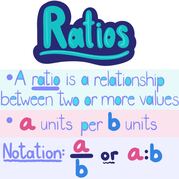
March 30th- April 6th: To attack these problems you can use the following strategies: act out with objects, use a diagram, make and use a table, and use a calculator. The number of each kind of animal in each car remains constant, so the ratio remains the same between the totals for each animal as the number of cars increases. Remember each set of problems becomes increasingly difficult. You can watch the video below to learn more before you get started! Best of luck and I'll post the answers next Monday, April 6th!
|
|
For this week's assignment, click below! I'd recommend that you do one set each day!
| ||||
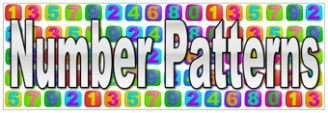
March 23rd-30th: To attack these kinds of problems you can use the following strategies: act out with objects, use a diagram, or work backwards. Each page of problems increases in difficulty. The answer key will be added next week for you to check your work!
| number_patterns_algebra.pdf |
| number_patterns_answerkey.pdf |
|
|
|
